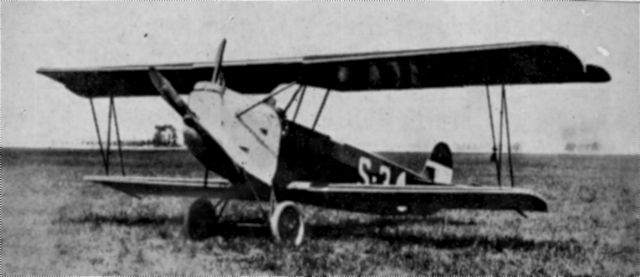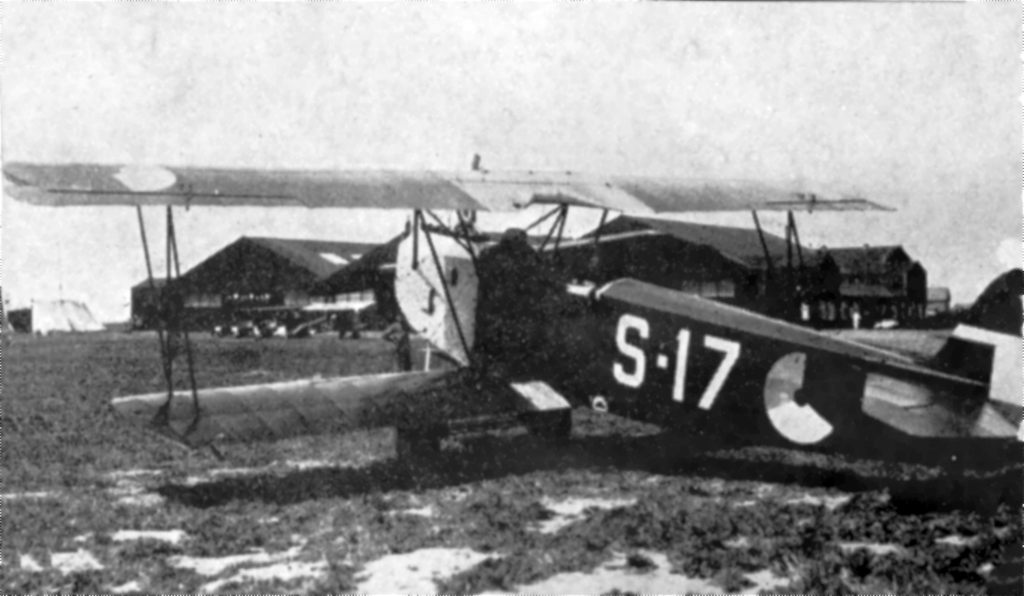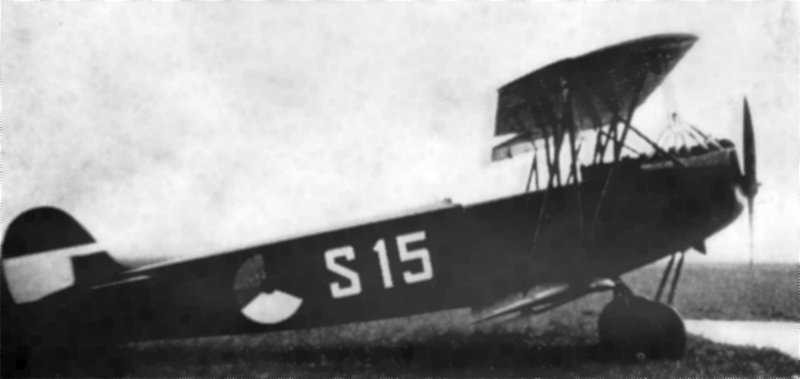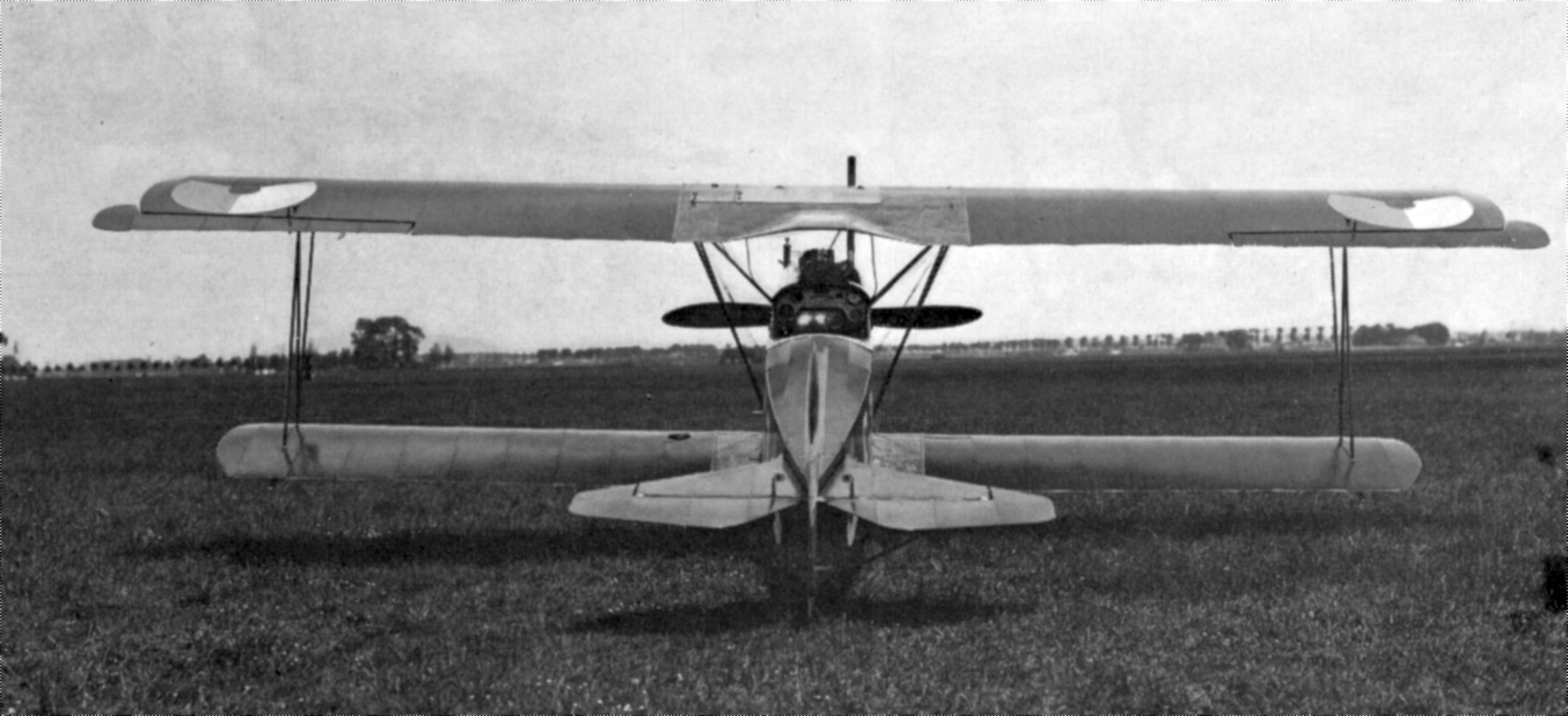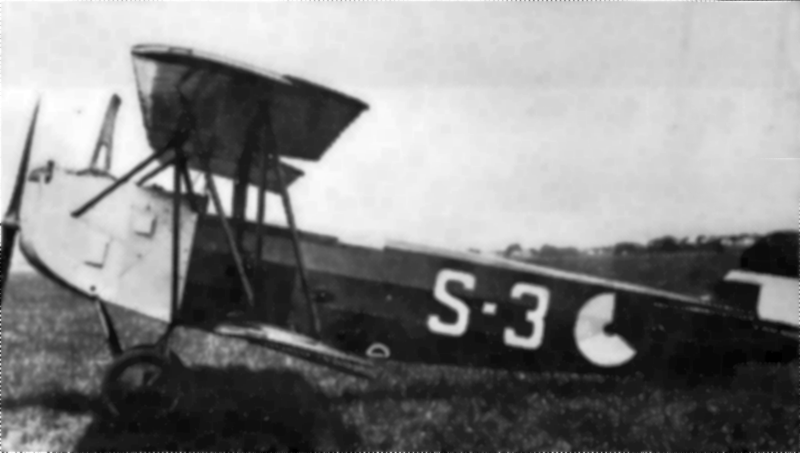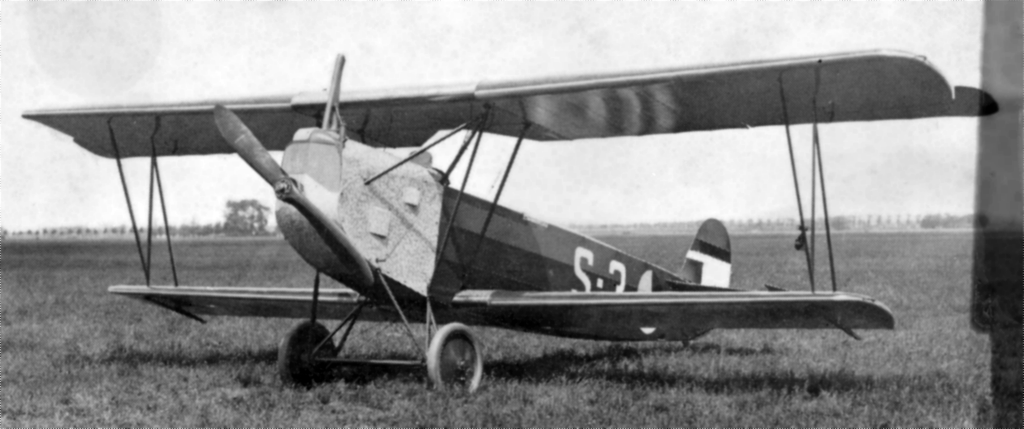Fokker S.III
Preliminary translation
In 1923, the S.III appeared. A biplane with student and instructor one after the other. In the S.II they sat side by side.
The S.III somewhat resembles the Tigher-Moth.
The MLD ordered 20, but only received 18 because the Mercedes engine was not available.
Denmark ordered 2 S.IIIs, but there was no follow-up order.
Remarkable is the exhaust of the Mercedes engine that looks like a chimney and it sometimes also blew smoke rings when the engine was running slowly.
Click on the photo to enlarge the photo



